Preventing the spread of the coronavirus is an unfolding issue around the world. People are canceling flights, and countries are imposing travel restrictions. Major sporting events are being played in empty stadiums that usually seat nearly 100,000. While most companies are in the early stages of a coronavirus business policy, trade shows are being canceled as industry behemoths Amazon, Sony, Facebook and more drop out. Organizations and their people are scrambling to adjust to the new normal and looking to improve the quality and effectiveness of their remote meetings.
Split Operations and Coronavirus Policies
In some regions, it is already having a profound effect on how teams are configured, where they work, and what they work on. Considering how much is unknown, most companies are at least planning for the possibility that large numbers of staff will need to work from home, or work remotely from quarantined locations for an unspecified period of time. As a starting point, some are basing their plans on the split operations model, adapting it to the circumstances emerging around them.
In Japan, for example, financial services giants JPMorgan, Morgan Stanley, and Bank of America are all dividing teams into working groups on two-week rotations (roughly the gestation period of the virus). One group works from home and the other at the office, with the two groups switching locations bimonthly. Another variation involves three groupings. In this model, the third group works from a “business continuity planning” site. These are special emergency facilities that, in most cases, were designed to be used in case of a natural disaster.
Split operations isn’t new. It’s used as a backup solution that provides critical business continuity. Companies create two or more widely separated active sites. That way, If one is damaged, the other can cover for it. But right now, it’s the physical separation between the two sites that’s relevant to protecting staff from the current virus outbreak.
In contrast to traditional split operations, where the two or more worksites are always active, these new adaptations of split operations have had very little testing, if any at all. In very short order, people will be separated into new sub-teams and sent to work at home or in a half-empty office. This means working without their long-standing support networks—both technical and human. As for the technical part, there’s no shortage of remote connectivity solutions, but many companies will be scrambling to select the right technology and put the proper security protocols in place.
But it’s equally important to prepare people, not just in using new technology, but in adapting to an entirely new work reality. While many companies and organizations have been moving towards more agile teams spread across states, countries, and continents, coronavirus policies are increasing the need for effective remote meetings and collaboration, exponentially.
Pair Technology with Strategy
For most people on your team, split operations will mean working for the first time as a hybrid in-office/remote team. It might also be the first time some members are working remotely, period. Couple that reality with the fact that managers or team leaders will also be leading hybrid in-house/WFH teams for the first time—leaders who might also lack experience generally with how to effectively manage remote teams. Leaders will need to rise to the challenge. From making themselves much more available to answer questions, offering encouragement, and providing constructive criticism—they’ll need to be given the tools to do so.
Above all, everyone will need to learn how to work together without the usual visual clues and in-person interactions that they rely on to make decisions and get work done. With these types of coronavirus business policies, workers will likely feel they are losing connections with the people who help them get through the day, that weekly meeting or daily scrum. Many will also need to adjust their self-discipline and learn how to stay motivated with all the distractions at home.
If collaboration among team members under these new conditions sounds challenging, leading them is only more so. Training that helps both leaders and team members process how they will personally respond to new demands, changed work conditions, and new styles of communication will go a long way to ensuring that your people can flexibly adapt to the new working arrangements and keep operations flowing smoothly.
Relationship Intelligence prepares leaders and their teams to collaborate remotely
Remote meetings and work requires virtual solutions. Our answer to preparing your teams to adapt to its coronavirus business policy is to provide every leader and their team with access to a mobile platform that provides individuals with insight into themselves to better gauge what will be the most challenging for them in shifting to a remote working environment. It also provides coaching on how to better understand one another’s motivations and how to communicate in a style that makes collaboration more productive. At the heart of this coaching platform is relationship intelligence.
How It Works
Relationship intelligence begins with the self: every team member takes a simple self-assessment to learn what motivates them and how they prefer to use their strengths. This will help each team member approach new work conditions proactively by staying tuned to what’s most important to them. Are they the social linchpins of the office? They’ll need to plan how to stay connected (for their own sake and for the role they play for others). Will the part of their job they love most—say, data analysis—get shifted in the face of changed priorities? They’ll need to find a way to approach new priorities in ways that scratch their need-for-analysis itch.
Because the relationship intelligence platform is virtual, team members can share their findings from wherever they are and get immediate insight or coaching on how to adjust their interactions with others so that communication is clear and productive. These insights make remote work run more smoothly, even for people who’ve never done it before. Relationship intelligence also helps people understand specifically how their team members and direct reports are likely to respond when tensions rise and conflicts erupt These shifts in dynamics can feel very different at a distance, particularly without visual cues.
The platform is especially critical to the work of leaders and managers. With insights into everyone on their team, they’ll be able to better select the composition of in-office vs. remote teams and balance their dynamics. Leaders will need to make sure that there is a mix on each team of, say, deadline-driven people with those who patiently guide conversations towards consensus. Moreover, by learning about their own conflict triggers, leaders will know what kinds of new remote working behavior might raise tension, or even anger, in themselves. The platform even provides coaching on different approaches leaders can use to address contentious issues so that conversations evolve as healthy opposition instead of heated arguments.
Stay Safe and Productive
The current outbreak of coronavirus is unnerving, and companies around the world are enacting emergency plans to reduce the impact of coronavirus policies on their employees and operations. But it also offers us—leaders, managers and L&D specialists, especially—the opportunity to prepare teams to work in hybrid environments. As organizations continue the ever-elusive push for high agility, hybrid teams and split operations present an opportunity to change, and evolve, how and where work gets done. While this quality has always been important to talent development, right now it just might be critical to operations as a whole.
For many, the prospect of working offsite and taking remote meetings offers more time to work independently and dig into projects without the usual distractions of the office (and impromptu meetings). On the other hand, remote work is characterized by less collaboration. But with the right people insights, leaders and their teams can come together as, if not more, effectively from remote workspaces.








